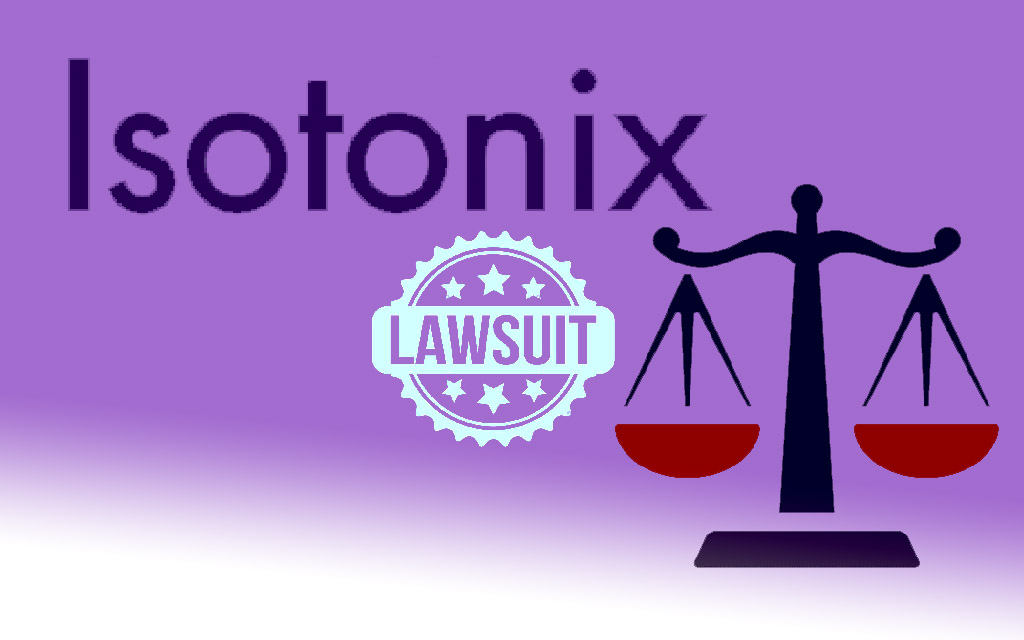Flavone-8-acetic acid (FAA) was once an innovation that promised to revolutionize cancer treatment. In the 1980s, preclinical studies indicated FAA could kill tumors by destroying their blood supply. The reports sparked much excitement in the medical community, and the FAA took its place as a possibly revolutionary agent in oncology. Researchers and pharmaceutical firms flock to the molecule, expecting life-saving efficacy in human studies.
It would, however, turn down when clinical trials indicated the actuality that success in FAA animal models did not replicate in humans. The resultant failure was followed by exaggerated claims, less transparency, and unethical measures. The pharmaceutical sector was the center of legal arguments about the difficulties of drug development, which also changed the way preclinical research and clinical trials are conducted.
What is Flavone-8-Acetic Acid?
FAA is a synthetic compound developed for cancer treatment. Scientists believed it could destroy tumors by cutting off their blood supply. Early studies in animal models showed promising results. These experiments demonstrated that FAA caused significant tumor necrosis. This breakthrough seemed like a step forward in the fight against cancer.
Researchers hoped that the FAA would work similarly in humans. The purpose of clinical trials was to evaluate its efficacy and safety in cancer patients. Regretfully, the outcomes fell under expectations. FAA failed to replicate its animal model success in human trials. This failure raised concerns about preclinical research reliability.
The Origin of Lawsuits
The lawsuits surrounding the FAA began after its clinical failure. Plaintiffs included investors, research participants, and advocacy groups. They alleged that early claims about the FAA were misleading. The lawsuits pointed to overhyped promises based on preclinical findings.
Key Allegations
- Misleading Efficacy Claims:
Critics accused researchers and pharmaceutical companies of exaggerating FAA’s potential. Preclinical success was presented as an indicator of human effectiveness. This led to high expectations that were not met. - Insufficient Transparency:
Lawsuits claimed that companies failed to disclose the limitations of preclinical studies. This lack of disclosure allegedly misled stakeholders. - Ethical Violations in Trials:
Some lawsuits raised concerns about how clinical trials were conducted. Participants argued they were not fully informed about the drug’s risks and limitations.
Read also: Aurai LLC Lawsuit: Unraveling the Legal Battle Shaping the Tech Industry
Impact on Stakeholders
The lawsuits affected several groups. Each stakeholder faced unique challenges and repercussions from the controversy.
Investors
Investors claimed they lost significant funds due to the FAA’s failure. Many had trusted the optimistic preclinical results. They argued that misleading information led to poor investment decisions.
Clinical Trial Participants
Participants in clinical trials felt misled. Some believed they were unaware of the FAA’s unproven status in humans. Others alleged they were not adequately briefed on potential side effects.
Pharmaceutical Companies
Pharmaceutical firms involved in FAA development faced reputational damage. They encountered legal penalties, reduced investor trust, and challenges securing funding for future projects.
Lessons for Drug Development
The FAA lawsuits highlighted the importance of ethical practices in drug development. They offered critical lessons for researchers, companies, and regulatory bodies.
Transparency in Research
Clear communication about a drug’s limitations is essential. The researchers should declare the difference between preclinical and clinical results. This ensures that stakeholders understand the dangers involved.
Rigorous Testing Standards
Drugs must undergo robust testing at every stage. Over-reliance on animal models is going to give unrealistic expectations. The clinical trials should focus on safety and efficacy under real-world conditions.
Ethical Participant Management
Trial participants deserve full transparency. Informed consent processes must clearly outline potential risks. Ethical oversight committees should ensure participant safety and trust.
Broader Implications of the Lawsuits
The lawsuits had implications beyond the FAA. They influenced how the pharmaceutical industry approaches research and marketing. Regulatory bodies also adjusted their standards to address gaps highlighted by these disputes.
Stricter Regulations
Regulators introduced stricter guidelines for preclinical research claims. Companies now face higher scrutiny before advancing drugs to human trials.
Increased Stakeholder Awareness
Investors and trial participants became more cautious. They now demand detailed evidence and risk assessments before committing to projects.
Focus on Accountability
The lawsuits emphasized corporate accountability. Companies must prioritize ethical practices to maintain credibility and public trust.
The Role of Preclinical Research
Preclinical research is crucial in drug development. It helps identify potential treatments and guides clinical trial designs. However, the FAA case revealed its limitations.
Reliability Challenges
Preclinical studies often use animal models. While these models provide valuable insights, they cannot fully replicate human biology. This gap can lead to inaccurate predictions about drug performance.
The Need for Better Models
The FAA lawsuits highlighted the need for better preclinical models. Technological advances, such as organ-on-chip systems, offer more accurate human-like conditions. These innovations can improve the reliability of early research.
Ongoing Research and Derivatives
Despite its clinical failure, the FAA inspired further research. Scientists explored its derivatives to develop more effective cancer treatments. Some compounds showed improved results, reigniting interest in the underlying science.
The FAA case also encouraged researchers to refine their methodologies. They now focus on bridging the gap between preclinical and clinical outcomes. This approach could prevent future controversies and enhance drug development efficiency.
Ethical and Legal Takeaways
The FAA cases were a wake-up call for the pharmaceutical industry: ethical violations and exaggerated assertions can quickly escalate into courtroom battles and public distrust. Companies should, therefore, prioritize honesty, transparency, and accountability throughout the development cycle.
Regulatory agencies also play an important role. They must enforce strict compliance with research and marketing guidelines. Clear rules and consistent oversight can prevent future disputes surrounding the FAA.
Conclusion: A Lesson from Flavone-8-Acetic Acid Lawsuits
The Flavone-8-Acetic Acid lawsuits have become a cautionary tale for the pharmaceutical industry and the broader scientific community. Misleading claims based on incomplete preclinical data and other ethical oversights in clinical trials led to massive legal and reputational fallout.
These lawsuits highlighted transparency, ethical research practices, and rigorous testing at every drug development stage. The story of the FAA is worth learning for the pharmaceutical industry. Scientists must fill in the gap between preclinical and clinical studies. Honest communication with stakeholders is very important. Upholding the highest ethical standards is equally important.
As science unfolds, lessons from the FAA may serve as guides for further reliable treatments and promote a culture of trust and integrity in pursuing medical breakthroughs.


